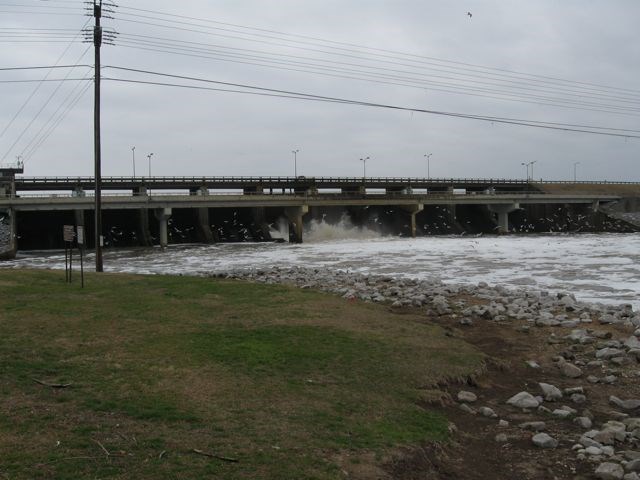Folks downstream of the Oroville Dam in Northern California are returning home after being forced to evacuate Sunday.
Nearly 200,000 people were affected by the evacuation after damage was reported in two of the dam’s concrete spillways.
With so many lives at risk, should the dam have been compromised, News Mississippi reached out to the Mississippi Army Corps of Engineers and the Mississippi Department of Environmental Quality (MDEQ) to find out if what happened in California could happen in Mississippi.
According to the National Inventory of Dams (NID), which is kept by the United States Army Corps of Engineers, Mississippi has 5,114 dams. Of those, the majority are privately owned and are below 25 feet. Mississippi’s tallest dam is the Jamie Whitten Lock and Dam at Bay Springs Lake standing 120 feet, followed by the the Lake Sardis Dam with a height of 117 feet. By comparison, the Orvoille Dam towers 770 feet and is the tallest in the country.
When speaking with Ryan Reves, Dam Safety Program Manager for the Vicksburg District Army Corps of Engineers, he said the four major dams in Mississippi are at the states four largest lakes.
Excluding Pickwick Lake, which is spread out amongst Alabama, Tennessee and Mississippi, the four largest lakes are: Grenada Lake, Ross Barnett Reservoir, Sardis Lake and Enid Lake. And of those four, the tallest dam is at Sardis Lake.
Reves said, with any of these four dams, should one fail, the effect and damage done to that area would be about the same.
He said to prevent what “almost” happened in California form happening in Mississippi, daily check-ups are made. “We [Army Corps of Engineers] perform routine inspections pretty much on a daily basis,” said Reves. He added that along with daily inspections the Mississippi Army Corps of Engineers has quarterly, yearly and five year inspections.
“Every five years we do a Periodic Inspection where we review design data and instrumentation data prior to our inspection. We then go out with a team of engineers and walk those dams to make sure they are operating as designed,” said Reves.
Along with inspections, the Army Corps of Engineers also works with the Mississippi Emergency Management Agency, MDEQ and other first-responders in practicing Table Top Exercises, in-case the worst should happen.
“We run through scenarios, such that if the dam were to fail, what would we do? How would people evacuate? And things like that,” said Reves.
There is a problem however, according to NID there are 74 dams in Mississippi that are considered to have a significant hazard potential. Of those 74, eight do not have an Emergency Action Plan (EAP).
According to Robbie Wilbur with MDEQ, “Currently around 80 percent of the 306 high hazard dams in the state have Emergency Action Plans. In accordance with the state’s dam safety regulations all high hazard dams are required to have an EAP. However, due to ongoing development downstream of dams, a number of dams in the state have been reclassified to high hazard in the past few years and EAPs have not yet been finalized for these dams. Also, FEMA’s minimum target for EAPs is 75 percent.”




